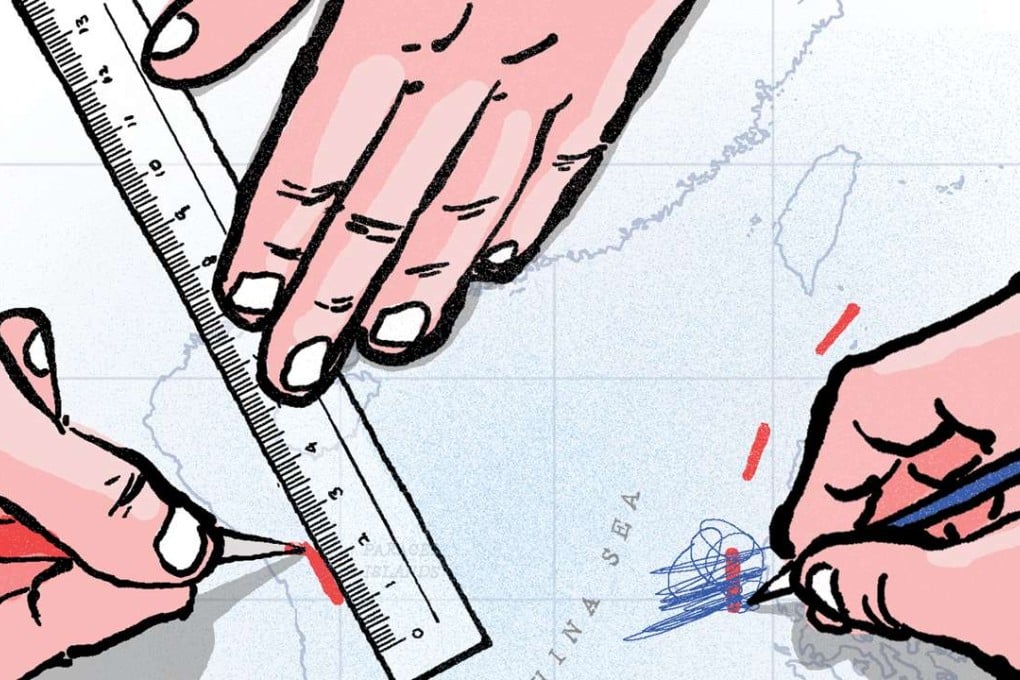What’s China’s ‘nine-dash line’ and why has it created so much tension in the South China Sea?

At the heart of the South China Sea dispute is the “nine-dash line”, Beijing’s claim that encircles as much as 90 per cent of the contested waters. The line runs as far as 2,000km from the Chinese mainland to within a few hundred kilometres of the Philippines, Malaysia and Vietnam. Beijing maintains it owns any land or features contained within the line, which confers vaguely defined “historical maritime rights”.
The Philippines is contesting the claims at the Permanent Court of Arbitration in The Hague, with a ruling expected to be delivered on Tuesday. In its submissions, Manila argues the line exceeds the limits of maritime entitlements permitted under the UN Convention on the Law of the Sea (Unclos).

The Philippines also asked the tribunal to classify whether a number of disputed areas are islands, low-tide coral outcrops or submerged banks to determine the stretch of territorial waters they are entitled to under the convention. The convention does not deal with sovereignty questions, which the Philippine government says it did not raise.
What is the origin of the line?
It appeared on a Chinese map as an 11-dash line in 1947 as the then Republic of China’s navy took control of some islands in the South China Sea that had been occupied by Japan during the second world war. After the People’s Republic of China was founded in 1949 and Kuomintang forces fled to Taiwan, the communist government declared itself the sole legitimate representative of China and inherited all the nation’s maritime claims in the region.